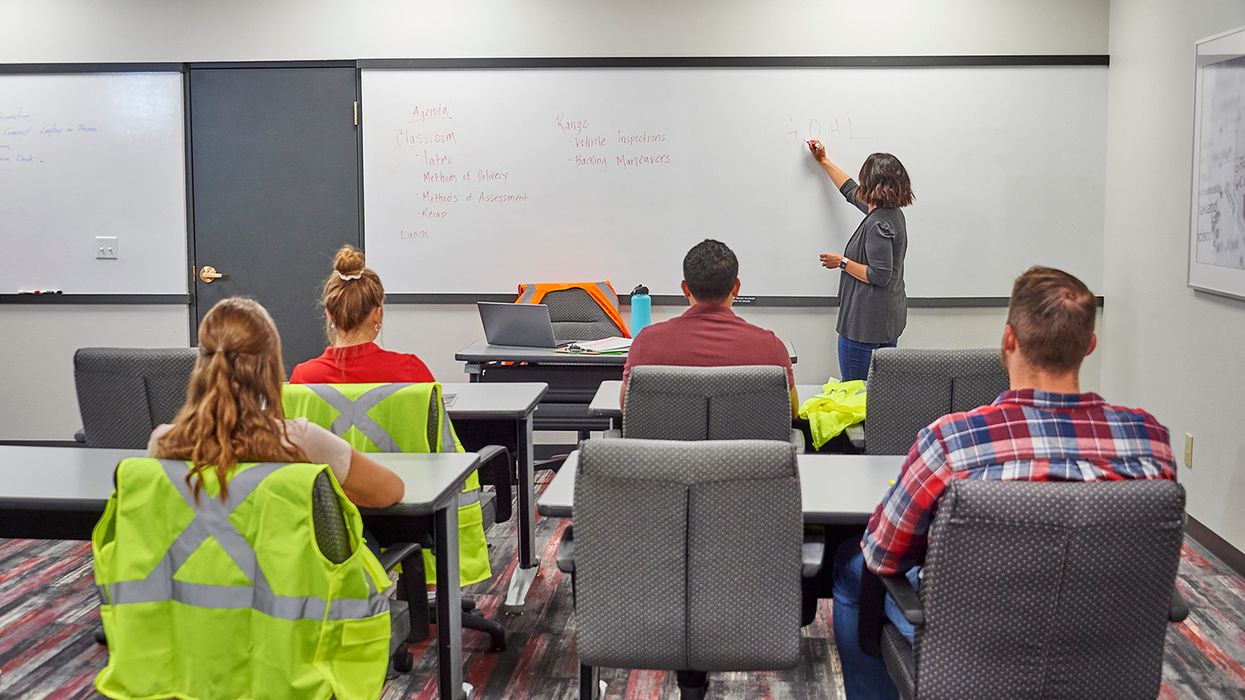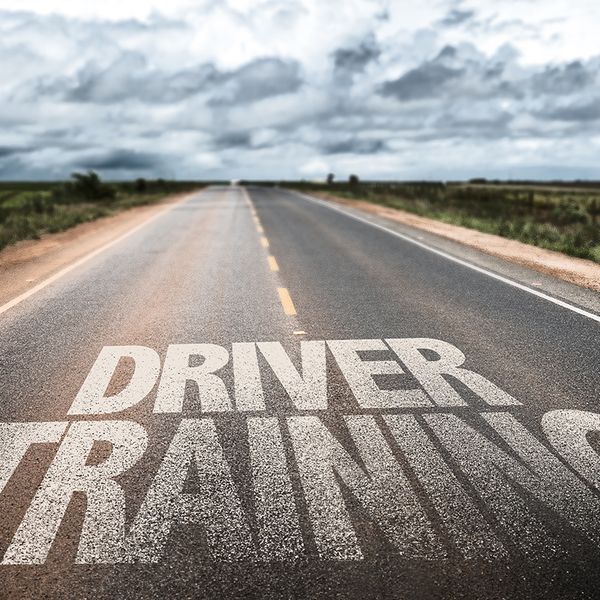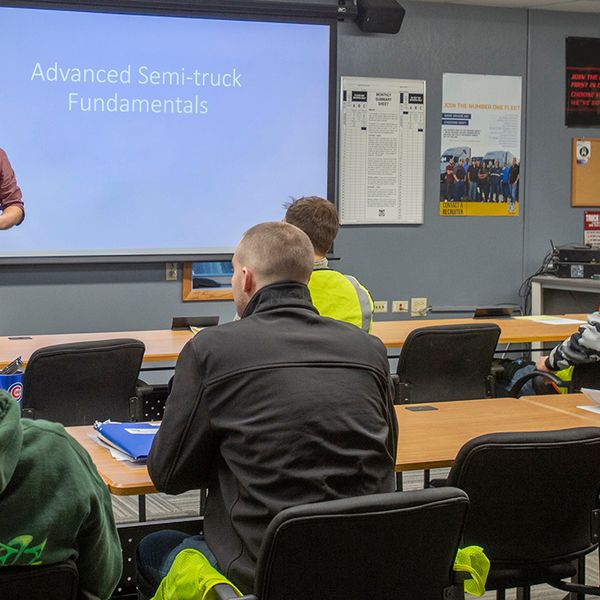Uncovering instructional roadblocks: Five reasons training doesn’t work
Lately, several of Mark’s newer drivers have had trouble understanding how to comply with the 14-hour duty limit. Two weeks ago, Mark addressed this issue by conducting a two-hour training session with all of the company’s drivers on the hours-of-service regulations.
The session covered all aspects of the hours-of-service rules — from the duty and driving limits to a refresher on paper logs and electronic logging device (ELD) use. Mark thought the training went well and was confident that the session would solve the 14-hour duty-limit issue.
Today, while reviewing drivers’ records of duty status, Mark found the same 14-hour duty-limit errors, committed by the same drivers.
Sound like a familiar scenario? It’s something all trainers have experienced from time-to-time — a student who continues to follow an unsafe or incorrect procedure or technique after attending a training session that was meant to solve or correct the issue.
Why does this happen?
The following are five reasons training may not work.
1. The training is too generic. The session covered the requirement or technique in general but failed to be specific enough to meet the student’s needs.
In the case of Mark’s training session, Mark presented a general overview of the hours-of-service regulations. The focus of the instruction should have been on the specific area of regulation that the drivers had trouble understanding. In this case, the 14-hour duty-limit.
Mark should consider conducting a follow-up session focusing on this problem area with the drivers who continue to struggle with the issue.
2. Special needs and preferences of the students were not considered. Adult learners need to relate training content to their experiences and be able to show how they can make use of what is being taught.
An exercise requiring students to correctly complete a record of duty status (focusing on the area of the regulation the drivers had trouble understanding) is one way Mark could revise the training session.
3. Inappropriate training methods are selected. There is not a “one size fits all” solution when it comes to training methods. They can vary from a hands-on exercise to a classroom lecture depending on the topic.
If one type of instruction, for example a lecture, doesn’t seem to work, Mark should try using another type of instruction.
4. There is no transfer of learning from the training session to the job. Mark may want to follow up with the drivers who still have problems and conduct a brief review.
5. No evaluation of training effectiveness is made. Evaluation will tell you whether your students achieved the level of knowledge and/or skill that was expected.
Based on the evaluation, Mark can make appropriate revisions to improve the training.
Key to remember: Not all types of training work with all drivers. Focused, targeted, and varied instruction should be used when addressing a specific problem or issue.



















































